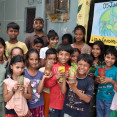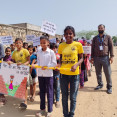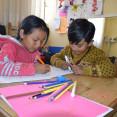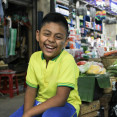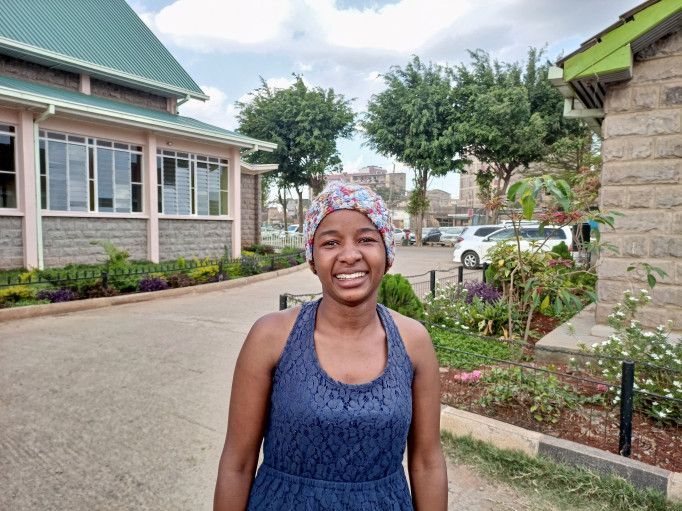
At Toybox, child participation sits at the heart of our work, supporting street children to have agency and a voice. Here Toybox's Director of Impact and Programmes, Naomi Hall Opiyo (pictured below, right) shares a reflection on the importance of giving street children the opportunity to speak out and share thier stories.
"At Toybox, we believe it’s crucial to raise the voices of children and young people in street situations and the Sauti Ya Bazenga project in Nairobi highlights this in action. Children have a right to be listened to and taken seriously and should be given the tools to express their opinion about decisions affecting their lives. Our experience of working alongside street children shows that they can feel invisible; many are not counted in national census', nor have ID cards, and are typically marginalised in society. As an agency working for the rights of street children, it is our ongoing responsibility to work with young people in a way which raises their voice, gives them agency and supports them to feel part of the response aimed to assist them, not just subjected to it. It is more direct and meaningful than us speaking for them. It also results in a greater chance of people listening, taking notice, and doing something about the issue. In addition, the process the children go through can also help them to express their own emotions and support them to build confidence and skills."
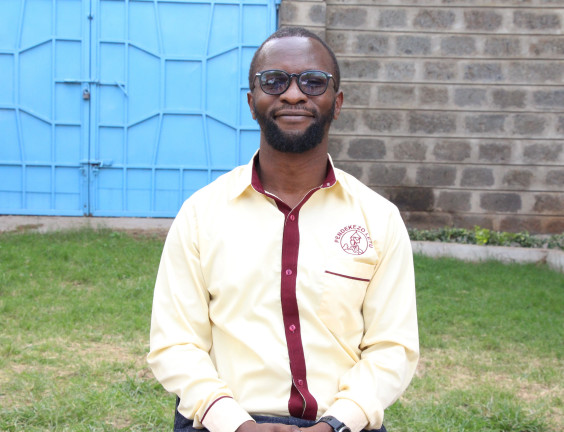
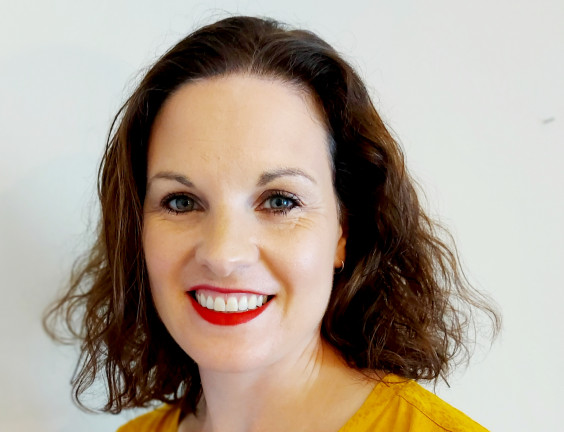
Introducing the Sauti ya Bazenga project
Okari (pictured above, left) works for PKL, Toybox’s local partner in Kenya. He was involved in running Sauti Ya Bazenga (Voice of the Boss), an innovative project in Nairobi, which aimed at empowering children and young people to lead in telling their own stories, using digital cameras.
“At the start of the project, a two-day training was conducted for 97 children and young people, aged from 10 – 26. From this, 38 of the participants were then actively involved in the photo collection aspect of the project. These children and youth engaged in a six-week photography exercise where they photographed their everyday lives in their bases* and community.
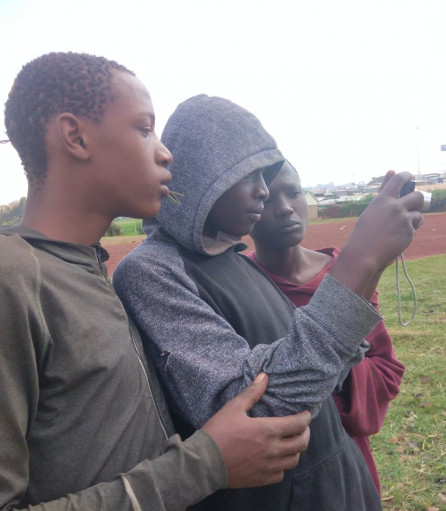
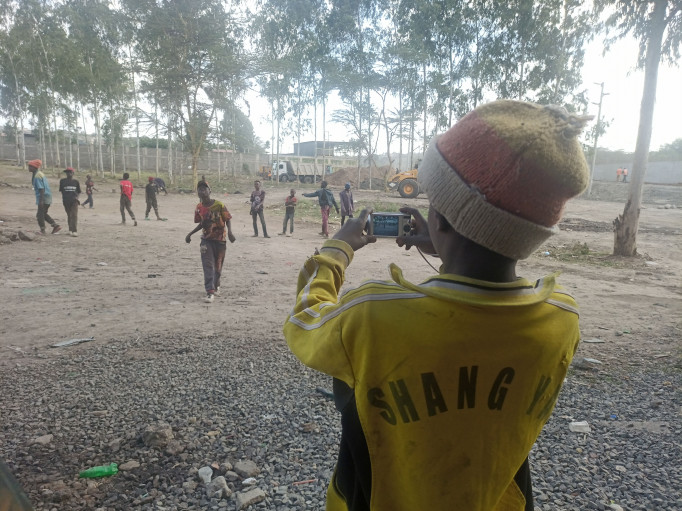
The photos taken were of where they work, sleep, eat, rest, play and what happens around their communities. The children were also responsible for all the captions for their own photos, to help capture their thoughts and feelings about their lives. Unsurprisingly, as with any project, we encountered some challenges along the way, particularly in relation to the training. As some of the young people we support still use drugs and others had small babies with them they were sometimes unable to fully concentrate. However, they were all eager to tell their stories through photographs as this was both easy and exciting for them. Through the project, I have seen how those involved have improved their interest and general photography skills and are appreciating the power of pictures in telling stories.”
*Children on the streets in Nairobi live with peers/family in groups in open spaces they identify as safe. These ‘bases’ are normally located in unused public spaces such as flyovers or disused land.
